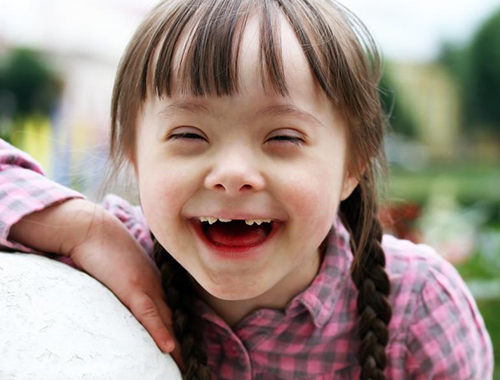Chapter 3. Common Genetic Diseases and Conditions
3.1 Synopsis
Welcome
Common Genetic Diseases
and Conditions
This activity examines several different types of genetic diseases and conditions.
Click the 'Get Started' button below to start this activity

3.2 Common Genetic Diseases and Conditions
Common Genetic Diseases and Conditions
Everyone carries alleles that could produce serious diseases or conditions in their offspring. Most such genes have no serious consequences because they are recessive. The phenotype is affected only when the inherited condition is dominant or when a zygote is homozygous for a particular recessive condition, that is, when the zygote has received the recessive gene from both parents.
Click on each condition to view its characteristics.
Go to list of Diseases


3.3 Common Genetic Diseases and Conditions
Common Genetic Diseases and Conditions

Question 3.1 Testing for genetic disorders during a pregnancy
pTfIzW4WMAYSemdKCtSqECejRDTqZOPni7aWVLHttE8uGSnPddT/wRoYFXnjcaA2s6geZgR9rtxZ7GuRJB8+wZKi2qGwsZ3BmEPrZXIT7FimHrDZArao2xC8avKHGZ/3mxm6jkQYqnGded25psJXR2GV454pf6Z1OCBjMKF75qiHQ5IUgLimkE89mGjiyvh+eWmNmrPUzN74YR852v4ESnNkjC1zYZ2I0cGTGuiHreu0kHHkV4Uw8QTSwlsLO1hU4E6GNzQK4nPBC4QoM396q2wQRKtG7vk7PvuXbYxfUr3k3aQDVbitxdh29V/YwVtIKtn1qjKDWujtvBjEi6guEiGJlTiRqLBjC8eJHA==3.4 Activity Completed!
Congratulations! You have completed this activity.
REFERENCES
Benacerraf, Beryl R. (2007).Ultrasound of fetal syndromes (2nd ed.). Philadelphia, PA: Churchill Livingtone/Elsevier.
Butler, Merlin Gene, & Meaney, F. John. (2005). Genetics of developmental disabilities. Boca Raton, FL: Taylor & Francis.
Cruz-Inigo, Andres E., Ladizinski, Barry, & Sethi, Aisha. (2011). Albinism in Africa: Stigma, slaughter, and awareness campaigns. Dermatologic Clinics, 29, 79–87.
Haydon, Jo. (2007). Genetics in practice: A clinical approach for healthcare practitioners.Hoboken, NJ: Wiley.
Hemminki, Kari, Sundquist, Jan, & Lorenzo Bermejo, Justo. (2008). Familial risks for cancer as the basis for evidence-based clinical referral and counseling. The Oncologist,13, 239–247.
Klug, William, Cummings, Michael, Spencer, Charlotte, & Palladino, Michael. (2008). Concepts of genetics (9th ed.). San Francisco, CA: Pearson/Benjamin Cummings.
McKusick, Victor A. (2007). Mendelian Inheritance in Man and its online version, OMIM.American Journal of Human Genetics, 80, 588–604.
Moore, Keith L., & Persaud, Trivedi V. N. (2007). The developing human: Clinically oriented embryology (8th ed.). Philadelphia, PA: Saunders/Elsevier.
Shahin, Hashem, Walsh, Tom, Sobe, Tama, Lynch, Eric, King, Mary-Claire, Avraham, Karen, et al. (2002). Genetics of congenital deafness in the Palestinian population: Multiple conexin 26 alleles with shared origins in the Middle East. Human Genetics, 110, 284–289.